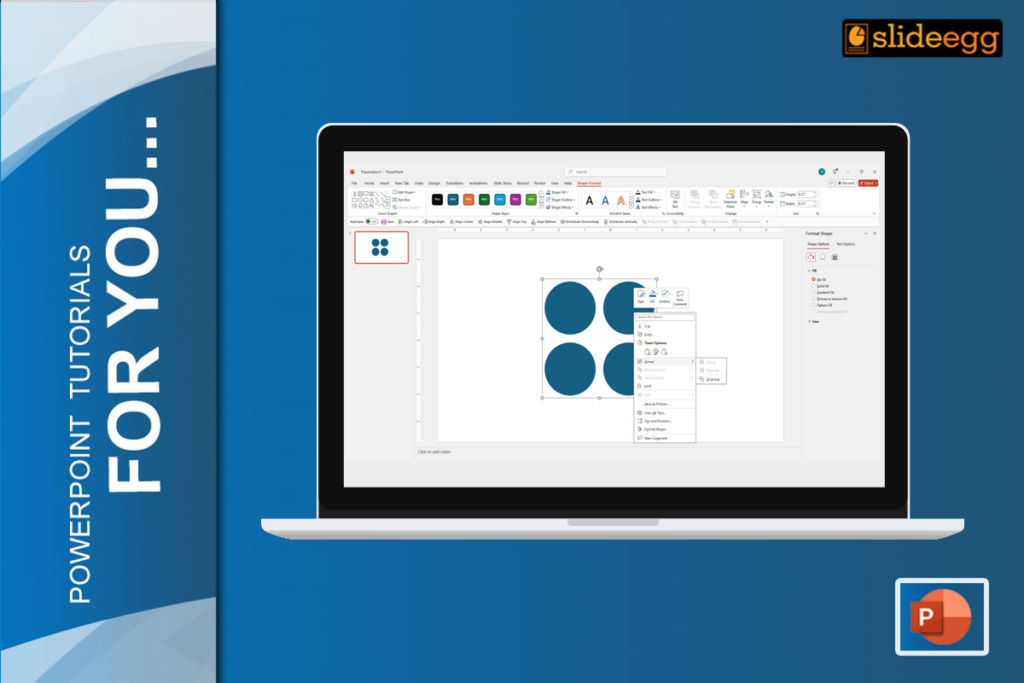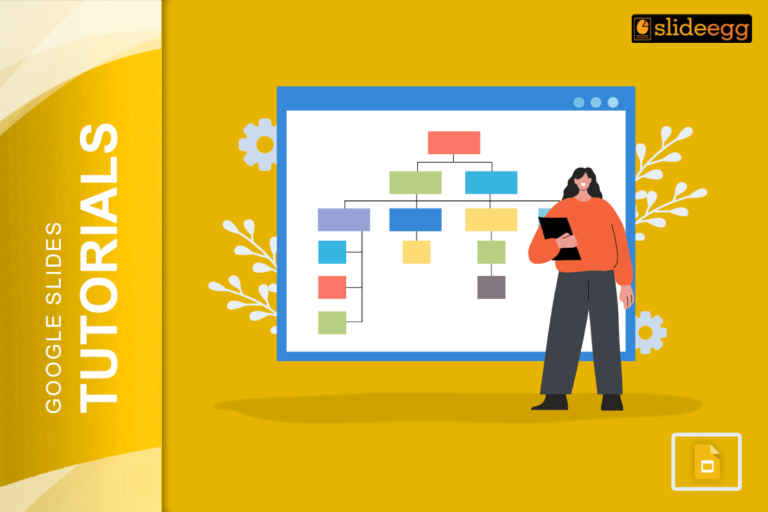Are you looking to enhance the appeal of your PowerPoint presentations? Applying filters to your pictures can be a game-changer. Filters can transform ordinary images into captivating visuals that grab your audience’s attention. In this blog, we’ll explore why you should use filters and the different types of filters available in PowerPoint, and provide a detailed guide on how to apply them for a polished finish.
Step-by-Step Guide to Applying Filters
Step 1: Insert the Picture
First, open your PowerPoint presentation and navigate to the slide where you want to add a picture. Click on the “Insert” tab at the top of the window, then select “Pictures.” Choose the picture you want to insert from your computer.
Step 2: Select the Picture
Once you’ve inserted the picture, click on it to select it. This will activate the “Picture Format” tab at the top of the PowerPoint window.
Step 3: Open the Artistic Effects Menu
Navigate to the “Picture Format” tab and find the “Artistic Effects” option. Clicking on this will open a dropdown menu with various artistic filter options.
Step 4: Choose an Artistic Effect
Browse through the available artistic effects and select the one that best suits your presentation’s theme and style. Some popular options include “Pencil Sketch,” “Blur,” and “Glow Edges.”
Step 5: Adjust the Effect
After applying an artistic effect, you can further customize it by clicking on “Artistic Effects Options.” This will open a pane where you can adjust the intensity and other parameters of the filter to get the desired look.
Experiment with these steps to achieve the desired picture effect.
Now, let’s check out why use filters.
Filters can dramatically change the appearance and impact of your images. Here are some reasons to consider using them:
- Enhance Visual Appeal: Filters can add depth, texture, and style to your pictures, making them more interesting to look at.
- Highlight Key Elements: By using filters, you can draw attention to the most important parts of your image.
- Create a Consistent Theme: Applying the same filter to all images in your presentation can create a cohesive and professional look.
- Improve Readability: Filters can help improve the contrast and clarity of your images, ensuring that your audience can easily see and understand your visuals.
Types of Filters in PowerPoint
PowerPoint offers a variety of artistic effects and filters that you can apply to your pictures. Here are some popular options:
- Blur: Softens the image, creating a dreamy effect.
- Glow Edges: Adds a glowing outline around the edges of the image.
- Pencil Sketch: Converts the image into a pencil drawing, adding a hand-drawn feel.
- Watercolor Sponge: Gives the image a watercolor painting effect.
- Plastic Wrap: Makes the image look like it’s covered in a shiny plastic wrap.
- And More.
Tips for Applying Filters
- Use High-Quality Images: Filters can enhance images, but starting with high-resolution pictures will yield the best results.
- Avoid Overdoing It: While filters can add interest to your slides, using too many or applying them too intensely can be distracting. Aim for subtle enhancements that complement your content.
For more tips and tricks on enhancing your presentations, check out our presentation hacks page.
Additional Editing Options
PowerPoint also offers other image editing tools that can further enhance your pictures:
- Remove Background: To focus on the main subject of your image, you can take the background out of a picture in PowerPoint.
- Compress Pictures: If your presentation is getting too large, compress the pictures in PowerPoint to reduce the file size without sacrificing quality.
- Make Pictures Transparent: Achieve a subtle look by making your picture transparent. It will make your image blend seamlessly with your background.
Utilizing Premade Templates
For a truly professional look, consider using professional PowerPoint templates available online. These templates are designed by experts and can save you time while ensuring your presentation looks polished and cohesive. They often come with pre-set themes and styles that can make your slides stand out.







